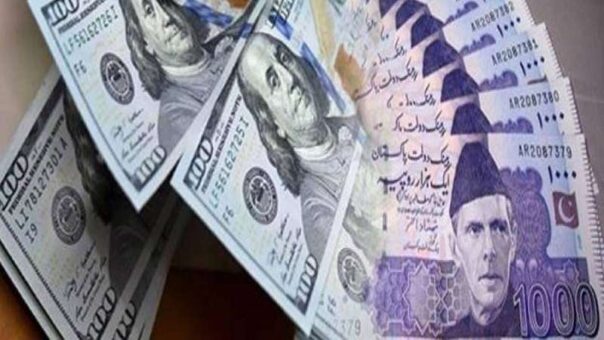The Pakistani Rupee is expected to maintain its steadiness against the US dollar in the week commencing April 22, 2024, buoyed by robust foreign exchange reserves and positive developments regarding a potential new loan program with the International Monetary Fund (IMF).
After a period of minor depreciation in prior sessions, currency analysts are now forecasting stability for the rupee. A key factor underpinning this outlook is the maintenance of Pakistan’s central bank foreign exchange reserves, which have stayed above the $8 billion mark despite the recent repayment of a $1 billion Eurobond.
Other supportive elements include subdued dollar demand from importers and increasing investor confidence, fueled by optimistic outcomes from the Finance Minister’s recent visit to the United States. In response to ongoing economic challenges, Pakistan has formally requested a new bailout ranging between $6 to $8 billion under the IMF’s Extended Fund Facility.
Finance Minister Muhammad Aurangzeb expressed hopes to finalize negotiations on this new IMF arrangement by May. The current $3 billion deal with the IMF is set to expire by the end of April. Aurangzeb highlighted the government’s pursuit of a more substantial and extended bailout plan to foster macroeconomic stability and facilitate critical structural reforms.
On the trading front, the rupee closed at 278.12 against the dollar in Monday’s interbank market session, a slight improvement from Friday’s close of 278.30. The currency experienced a minor setback last week, losing approximately 40 paisas against the dollar, a movement considered negligible by market experts given the recent successful repayment of the substantial bond.
Despite last week’s fluctuations, market sentiment remains positive, with expectations for continued rupee stability. However, analysts anticipate potential gradual depreciation post-June.
Finance Minister Aurangzeb has also downplayed the likelihood of significant currency deterioration, expecting any changes to align with the historical average annual depreciation of 6-8 percent.
Currency market dynamics have also been influenced by broader global events, including geopolitical tensions and policy shifts by the US Federal Reserve. Recent confrontations in the Middle East and changes in the Fed’s stance have led to increased safe-haven flows, reinforcing dollar strength and impacting liquidity – factors that pose challenges to emerging markets, including Pakistan.
As Pakistan navigates these complex financial and geopolitical currents, the nation’s economic decision-makers remain vigilant, prepared to adjust strategies to ensure currency stability and economic resilience.
